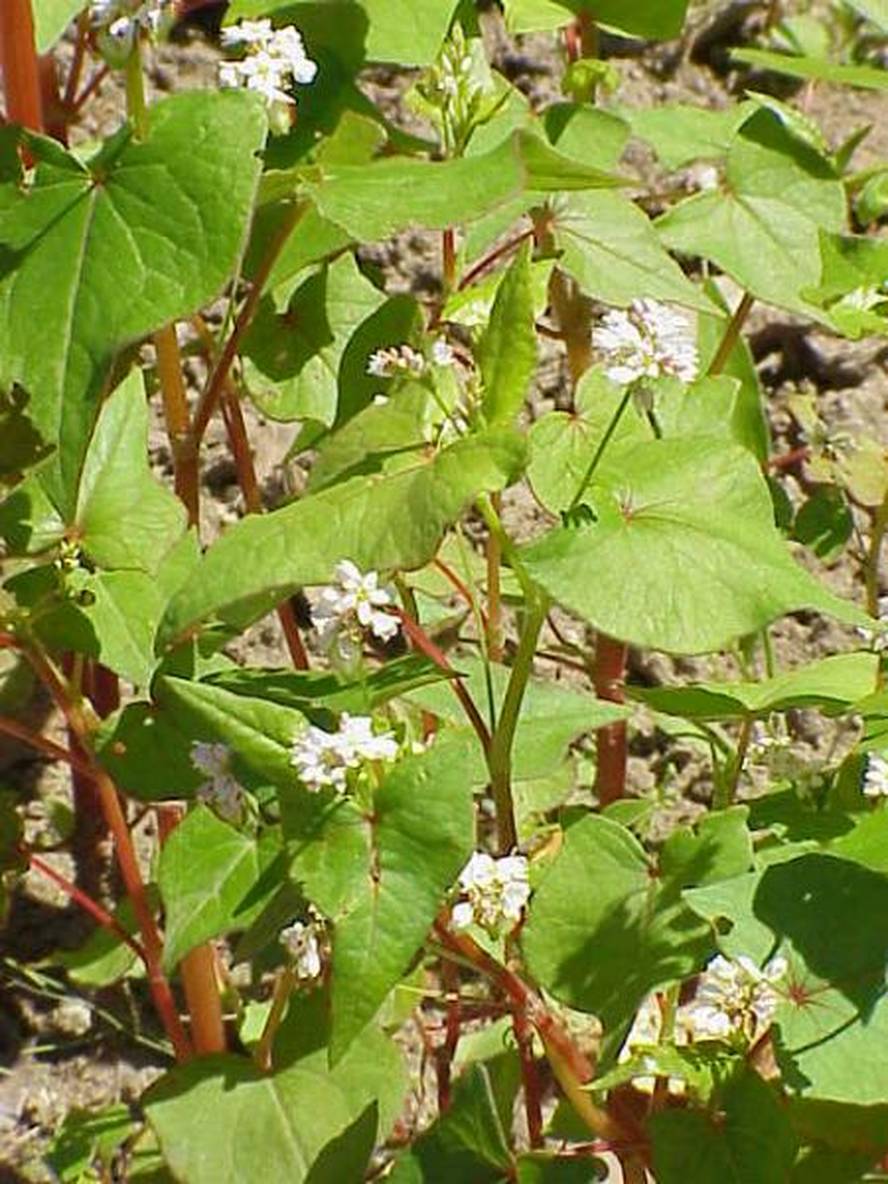They have shown that wool is suitable for replacing wheat in drought situations.
Scientists predict that crops will suffer from longer and harder drought times in the future, and that carbon dioxide levels and temperatures will also be higher than at present. With this in mind, researchers from the Plant Biology and Ecology Department at the University of the Basque Country have compared, under these conditions, sheepwool and wheat crops, and have found that maize responds better than wheat in these extreme conditions.
To this end, the plants of these two species have been cultivated in a culture chamber, controlling the conditions of temperature, carbon dioxide and drought. Studying several physiological parameters of the plants, the potential of artovela as a substitute crop for wheat has been observed. At high levels and temperatures of carbon dioxide, although there is no drought, some wheat parameters are already found to worsen. On the other hand, it increases the level of photosynthesis of artovela and decreases that of wheat. Thus, it has been shown that, in drought situations, the artobeltz responds better than the trigo.El study has been published in the journal Environmental and Experimental Botany.






